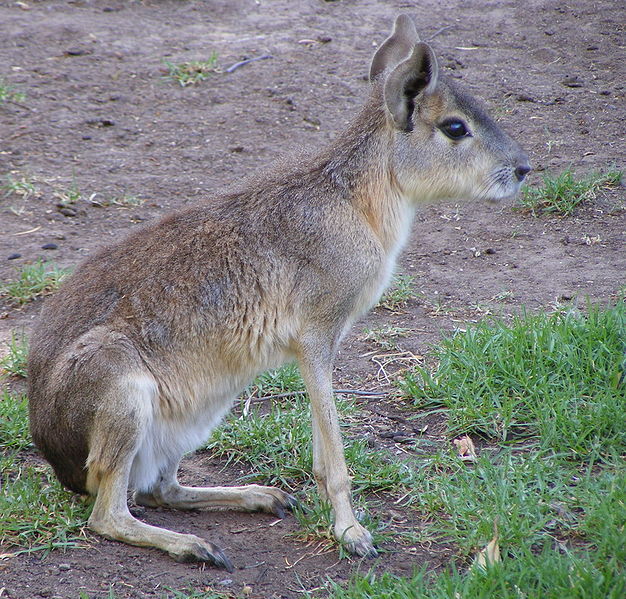When the Spanish conquistadors breached the Andes Mountains and entered Peru, they found that the Inca people were breeding an animal unlike any that had ever been seen in Europe. The wild ancestor of these rodents, later christened guinea pigs or cavies, was lost in antiquity, as cavies had been domesticated as a food source 5,000 or more years earlier.
By the Spaniards arrival in the early 1500’s, the Incas had already developed different cavy color (and taste!) varieties, and the animals existed only in captivity. Subsequent expeditions revealed that cavies were kept over an area extending from Venezuela to central Chile.
A New Pet Arrives in Europe
Eventually, cavies found their way to the Dutch colonies in northeastern South America, along what was known as the Guianan Coast. Dutch traders carried the unusual animals, which they called “Guianan pigs”, to the Netherlands in 1580. Due to their gentle natures, cavies soon found favor as household pets and spread throughout Europe. They came to be known as guinea pigs and, although unrelated to true pigs, their general appearance helped the name to stick. Even today, males are called “boars” and females “sows”.
Cavies in the Laboratory
By the mid-1800’s, cavies, which were found to share a remarkable biological similarity with people, were in wide use as laboratory animals – the term “guinea pig” came to mean anything used for experimental purposes.
Cavy research has led to monumental medical advances, including the discovery of Vitamin C, adrenaline and the tuberculosis bacterium.
Laboratory cavies have also contributed to the development of replacement heart valves, blood transfusions, kidney dialysis, diphtheria and TB vaccines, antibiotics, anticoagulants, asthma medications and beta blockers. In all, 23 Noble Prizes in Medicine and Physiology have directly relied upon research with these valuable rodents.
Wild Origins

The domestic cavy’s ancestor was most likely one of the wild cavy species that still exist today – C. tschudii, C. aperea or C. fulgida. Escaped domestic guinea pigs have established feral populations in Peru, Bolivia and Ecuador …it is not known if these animals inter-breed with their wild relatives.
Cavy Relatives
Cavies are classified in the rodent suborder Caviomorpha, which includes porcupines, chinchillas, capybaras and 200+ other species. Caviomorphs are unique among rodents in producing small litters of well-developed young following long gestation periods. Cavies bear 2-3 nearly independent young after a gestation period of 60-75 days; the Norway Rat produces 8 helpless young after a gestation period of 21 days.
Wild Cavies in Captivity
I’ve had the good fortune of working with several cavy relatives, including the Rock Cavy, Capybara and Patagonian Cavy, or Mara.
Rock cavies are agile cliff dwellers that resemble sender, long-legged domestic cavies. Maras are quite unique. Dwelling on open grasslands from southern Bolivia through Argentina, long legs lend them the appearance of a cavy-hare hybrid. Unlike most rodents, maras mate for life, and deposit their young in communal nursery dens.
When raised from infancy, maras, capybaras, porcupines, chinchillas and other cavy relatives often become quite tame.
Further Reading
Please check out our selection of guinea pig books for information on captive care.
You can read more about their natural history here.
Patagonian Cavy image referenced from wikipedia and originally posted by Peripitus
 That Pet Blog That Pet Place Pet Blog
That Pet Blog That Pet Place Pet Blog

